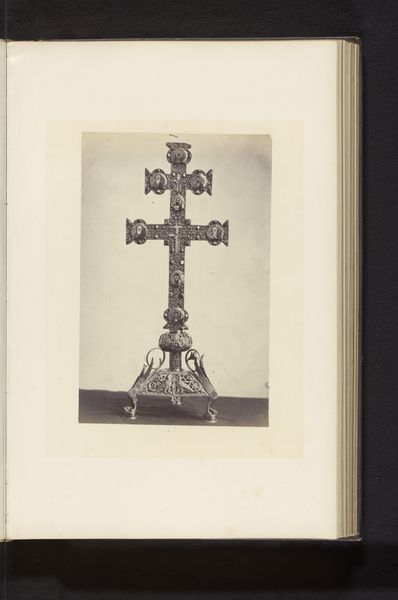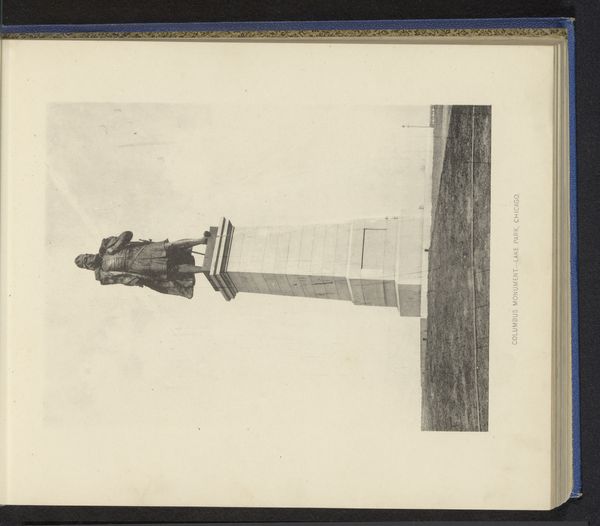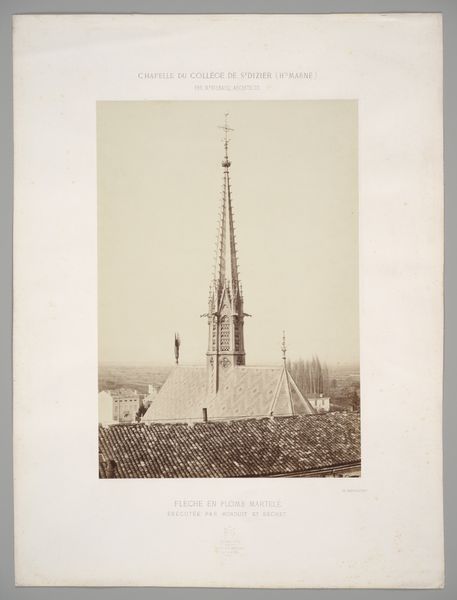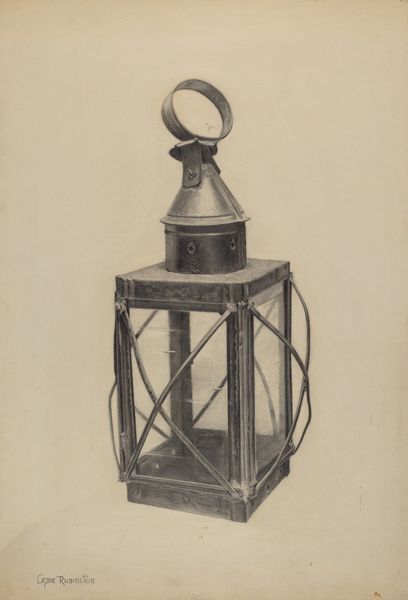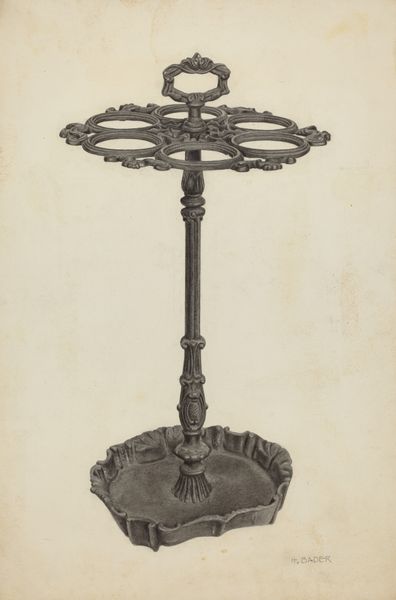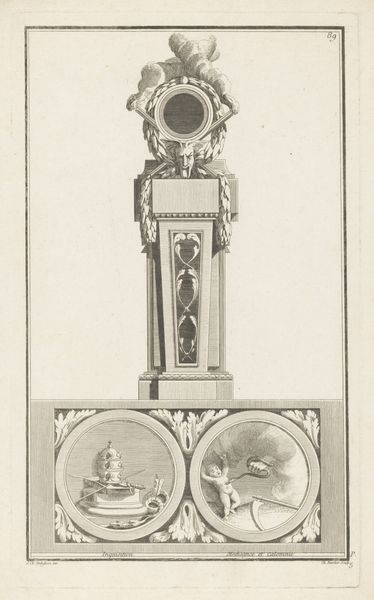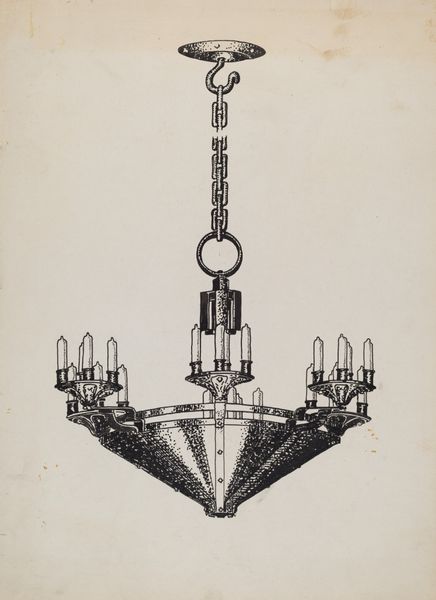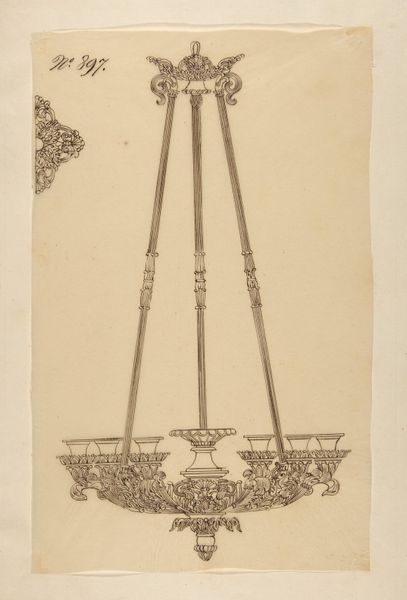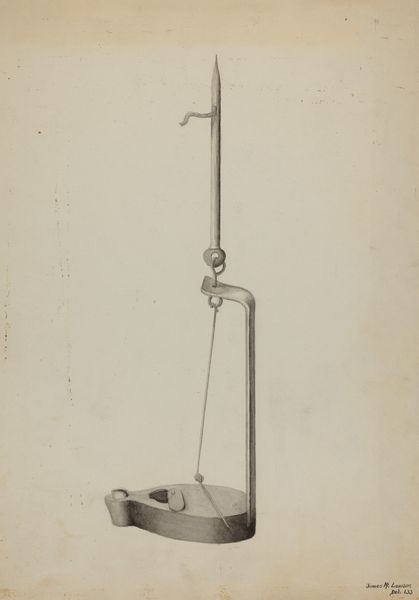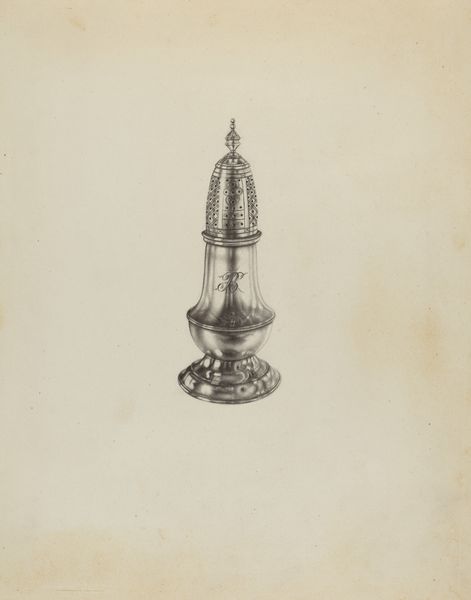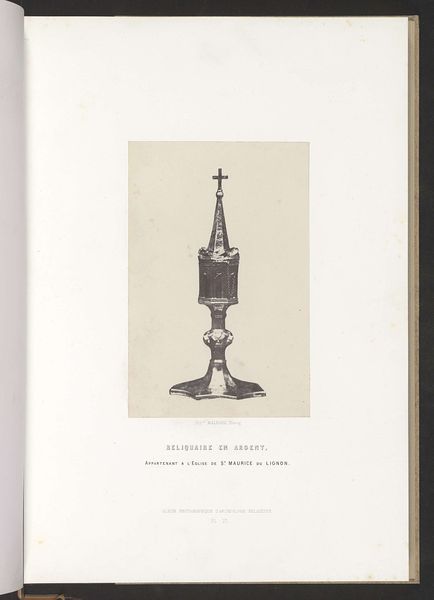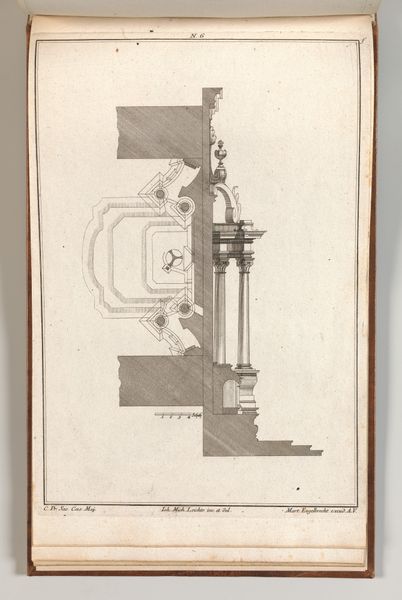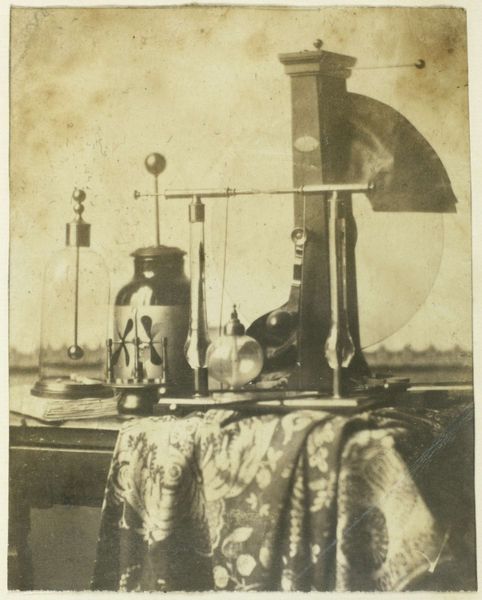
Vergulde koperen monstrans op de Tentoonstelling van oudheden in Delft before 1863
0:00
0:00
print, metal, bronze, photography
# print
#
metal
#
bronze
#
photography
#
ancient-mediterranean
Dimensions: height 158 mm, width 63 mm, height 236 mm, width 321 mm
Copyright: Rijks Museum: Open Domain
Curator: This photograph, predating 1863, showcases a gilded copper monstrance displayed at the Exhibition of Antiquities in Delft. The photograph itself, you can see it's a print, perhaps revealing the photographic practices of the time meant to inventory and showcase artifacts. Editor: My initial impression is one of austere grandeur. It evokes the spiritual weight associated with religious relics and monumental architecture. The metal construction and implied light interplay are quite compelling. Curator: Indeed, the monstrance, likely crafted from gilded copper or bronze, speaks volumes about the religious practices of the time. Its very presence in an exhibition tells a story about the relationship between religion, the public, and the curatorial practices employed back then. Think of the access it provided, and how the elite may have used displays of religious tools to assert authority. Editor: It’s fascinating to consider the labor involved in its creation too, the craftsmanship, the value placed on these materials. The choice of copper and gilding isn't merely aesthetic; it’s deeply rooted in economic realities and trade routes available for sourcing materials and skills, isn't it? Curator: Precisely. The monstrance served a very particular ritual function, it was then displayed publicly as an object of historical curiosity. What a complicated path of objecthood. The image also pushes me to question what was on display *around* it in the Exhibition? I'm very interested to study that context! Editor: The shift in perception you note really underlines the cultural shifts that transform sacred objects into artifacts, ready for detached consumption. This act changes the artwork entirely, not only on display, but back when it was created in relation to future value and accessibility to populations outside its creators or immediate end-use community. Curator: Agreed. And examining such imagery allows us to dissect not only religious history but the political motivations influencing its preservation and exhibition to broader publics. Editor: Ultimately, considering process and the image’s cultural afterlife urges us to think critically about the value we place on material culture. It has certainly left me with more questions about how the labor invested and re-contextualization in the present shifts its status and significance today.
Comments
No comments
Be the first to comment and join the conversation on the ultimate creative platform.
